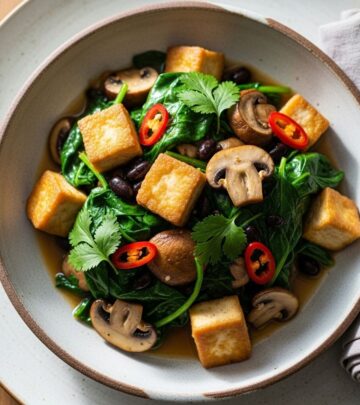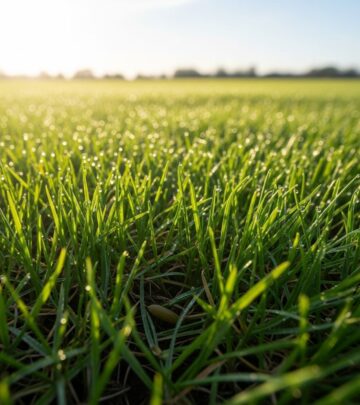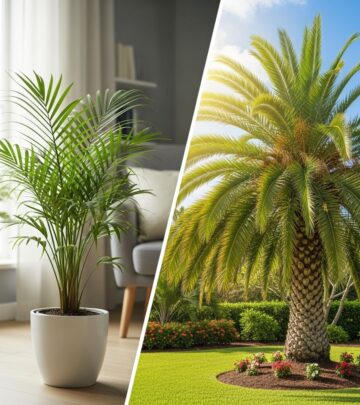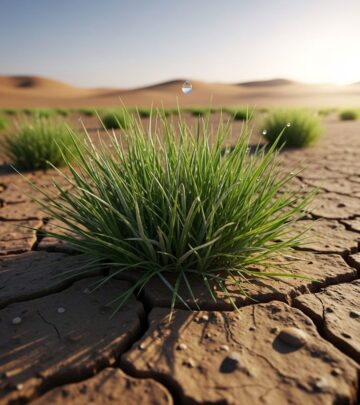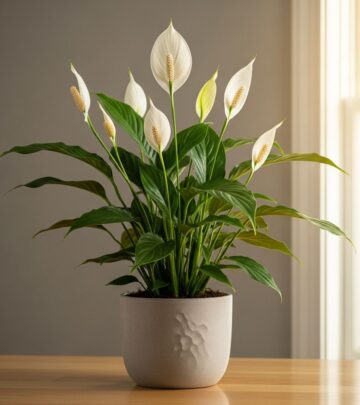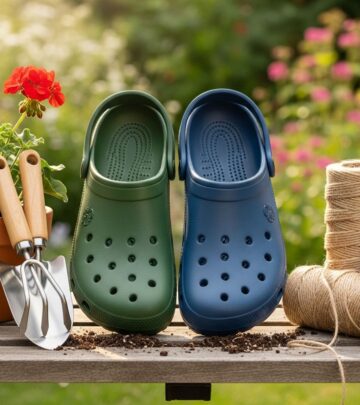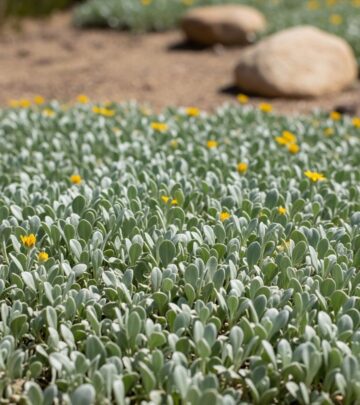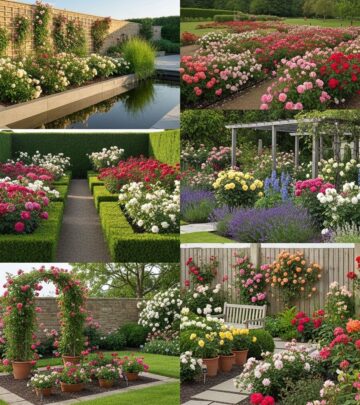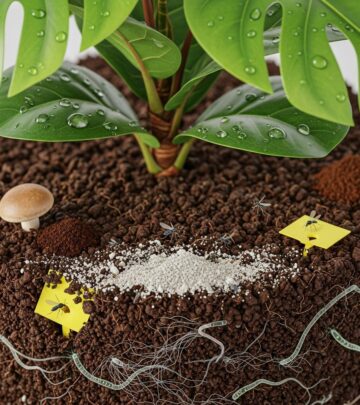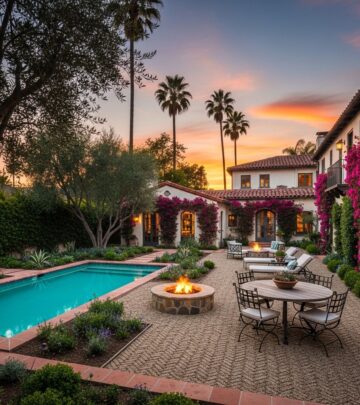Best Indoor Plants For Low Light: 4 Resilient Picks
Understanding what 'low light' truly means and how to help your plants thrive in less-than-ideal conditions
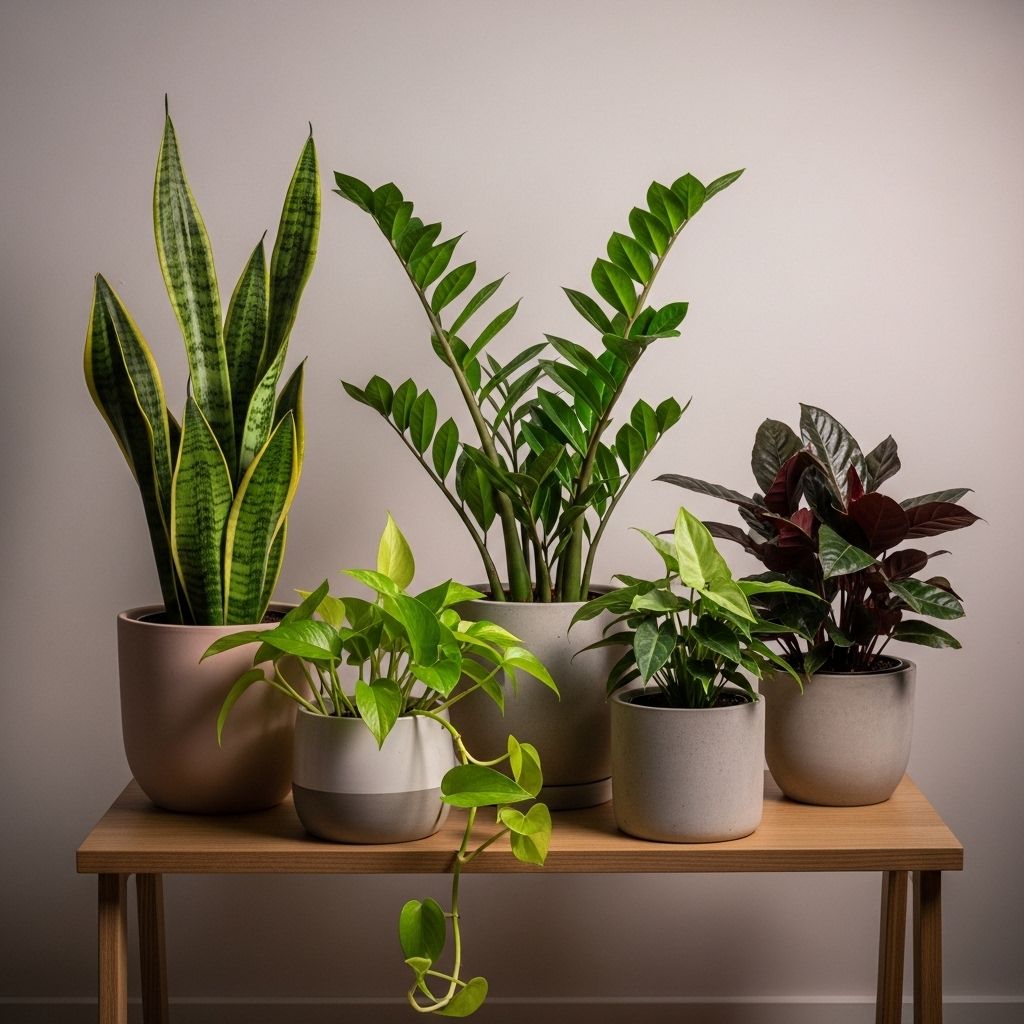
Image: HearthJunction Design Team
When browsing houseplant sections or reading plant care guides, you’ll frequently encounter the term ‘low light.’ But what does this actually mean for your indoor greenery? Understanding the true definition of low-light conditions is essential for keeping your houseplants alive and thriving, especially if you live in a space with limited natural sunlight.
What Does ‘Low Light’ Actually Mean?
The term ‘low light’ is often misunderstood by indoor plant enthusiasts. In botanical terms, low light doesn’t mean no light or complete darkness. Instead, it refers to conditions where plants receive no direct sunlight, typically because they’re placed several feet away from the light source. This is a common situation in many modern homes and apartments, where windows may be limited or blocked by surrounding buildings, trees, or even curtains and blinds.
It’s important to recognize that ‘low light’ is a relative term. In nature, even shade-loving plants that grow on forest floors receive dappled sunlight or bright, indirect light at certain times of the day. The indoor environment often provides significantly less light than even the shadiest natural habitats, which is why choosing the right plants for these conditions is crucial.
How to Identify Low-Light Conditions in Your Home
Many plant owners struggle to accurately assess the lighting conditions in their homes. There’s a tendency to overestimate the amount of light available, which can lead to choosing inappropriate plants that slowly decline over time. Here’s how to honestly evaluate your space:
- If there’s nothing blocking the sun from directly hitting your plants—no curtains, shades, trees, or tall buildings—then you have bright light.
- If light ‘moves’ across your apartment throughout the day rather than remaining constant, you likely have medium to low light.
- If your plants are placed several feet away from a window, regardless of the window’s size or orientation, they’re receiving low light.
- Any sort of window covering, even sheer curtains, significantly reduces light levels.
- Windows that face airshafts, narrow alleys, or are overshadowed by other buildings provide low light conditions.
The first step to successful indoor gardening is accepting the reality of your lighting situation. Once you acknowledge that you’re dealing with low-light conditions, you can select plants that are genuinely capable of thriving in such environments.
The Reality of ‘Houseplants’
Here’s a botanical truth that might surprise you: ‘indoor plants’ is essentially an oxymoron. The most fundamental fact about plants is that they naturally prefer to live outdoors. You’ll never encounter a botanical description that begins with ‘native to north-facing windowsills’ because the concept of ‘houseplants’ is entirely a human invention.
What we’re actually seeking when we talk about the best indoor plants for ‘low-light conditions’ are species most tolerant of living in challenging environments, such as a dark apartment with limited window access. These aren’t plants that love or prefer such conditions—they’re plants that can adapt and survive despite the suboptimal lighting.
How Plants Respond to Low Light
Plants need light for photosynthesis, the process by which they convert light energy into chemical energy to fuel their growth. In low-light conditions, plants adapt in several ways:
- They may grow more slowly, conserving energy due to reduced photosynthetic activity.
- Leaves might become larger or develop a deeper green color to maximize light absorption.
- Plants may stretch or “etiolate,” reaching toward available light sources.
- Flowering and fruiting may be reduced or eliminated as the plant focuses energy on survival.
Understanding these adaptations helps explain why some houseplants look different when grown indoors versus in their natural habitat, and why certain care adjustments become necessary.
Best Plants for Low-Light Conditions
The good news is that plenty of plants can survive and even thrive in low-light conditions. These resilient species have evolved mechanisms to efficiently use minimal light, making them ideal candidates for darker homes or offices.
Snake Plant (Sansevieria)
Often nicknamed “the houseplant you cannot kill,” the Snake Plant or Mother-in-Law’s Tongue is exceptionally tolerant of low-light conditions. This remarkable succulent can survive extended periods with minimal light, even thriving in bathrooms or corners far from windows. Its vertical, sculptural leaves add architectural interest to any space, while its ability to retain water means it won’t suffer if you occasionally forget to water it.
ZZ Plant (Zamioculcas zamiifolia)
The ZZ Plant has earned its reputation as one of the easiest trendy houseplants to grow. It “tolerates neglect, is drought-tolerant, and accepts low-light conditions without throwing a fit.” Its glossy, waxy leaves reflect what little light is available, helping brighten dark corners. The plant stores water in its stems and roots, allowing it to survive inconsistent watering schedules—perfect for busy or forgetful plant owners.
Calathea
Calathea plants are renowned for their stunning foliage and ability to thrive in low-light areas. Their vibrant and intricate leaf patterns featuring bold stripes and delicate veins make them visually captivating additions to any indoor space. In their natural habitats, Calatheas grow beneath dense forest canopies, which has enabled them to develop specialized mechanisms for absorbing and utilizing even minimal available light efficiently. This natural adaptation makes them particularly well-suited for homes with limited natural sunlight.
Lucky Bamboo (Dracaena sanderiana)
Despite its misleading name, Lucky Bamboo isn’t true bamboo but a member of the Dracaena family. These popular plants can adapt to various lighting conditions, including low light environments like offices or rooms with limited natural sunlight. Lucky Bamboo offers flexibility in growing methods—it can thrive with its roots submerged in water or planted in soil, making it versatile for different decorative arrangements. Its cultural significance as a symbol of good fortune adds an appealing dimension beyond its practical benefits as a low-light tolerant plant.
Caring for Plants in Low-Light Conditions
When maintaining houseplants in low-light environments, several adjustments to your care routine can help them not just survive but thrive:
Watering Adjustments
Plants in low light generally photosynthesize less and therefore use less water. Overwatering is one of the most common causes of houseplant death, especially in low-light conditions where soil takes longer to dry out. Allow the soil to dry appropriately between waterings—for most low-light plants, this means letting the top 1-2 inches of soil dry out completely. Remember that different species have different water requirements, so research the specific needs of each of your plants.
Fertilization Considerations
Plants growing in low light typically have slower growth rates and therefore require less fertilizer. Over-fertilizing can lead to salt buildup in the soil and damage to the roots. During active growing seasons (typically spring and summer), apply a balanced houseplant fertilizer at half the recommended strength. During winter months when growth naturally slows, fertilization can usually be suspended entirely.
Rotation and Cleaning
To ensure even growth, rotate your plants regularly so all sides receive equal light exposure. This prevents them from growing lopsided as they stretch toward the light source. Additionally, dust accumulation on leaves can significantly reduce the amount of light plants can absorb. Gently clean leaves with a soft, damp cloth every few weeks to maximize light absorption efficiency.
Supplemental Lighting Options
If your space is particularly dark, consider supplementing natural light with artificial lighting. Modern LED grow lights are energy-efficient and can be tailored to provide the specific light spectrum your plants need. Even a few hours of supplemental lighting
References
- https://www.gardenista.com/posts/9-best-indoor-plants-for-low-light-dark-apartments/
- https://www.gardenista.com/posts/garden-decoder-low-light-definition-houseplants/
- https://www.gardenista.com/posts/10-things-nobody-tells-trendy-houseplants/
- https://www.gardenista.com/posts/2024-houseplant-trends-new-popular-plants/
- https://www.bloomingsecrets.com/blog/10-great-houseplants-that-thrive-in-near-darkness
Read full bio of medha deb


